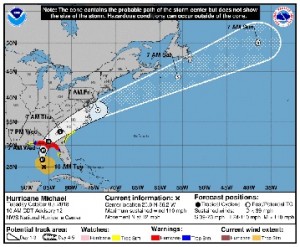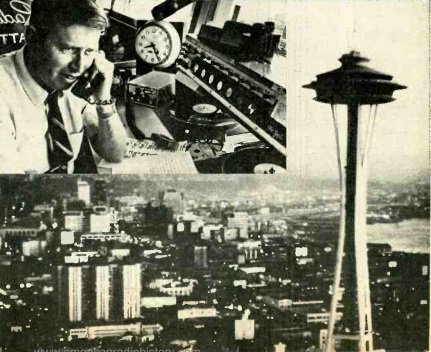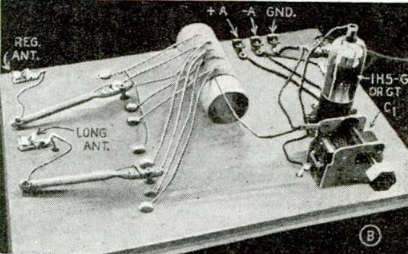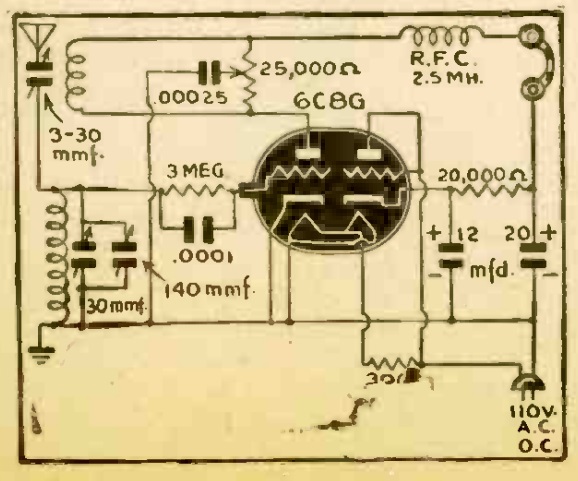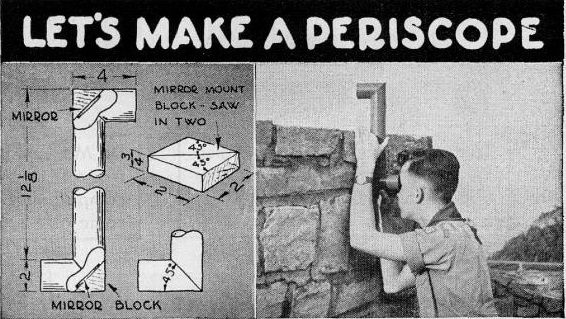 For anyone desiring to see around corners, the periscope is the ideal solution to the problem. 70 years ago this month, the October 1948 issue of Boys’ Life showed how to make this simple but effective model.
For anyone desiring to see around corners, the periscope is the ideal solution to the problem. 70 years ago this month, the October 1948 issue of Boys’ Life showed how to make this simple but effective model.
In addition to a small wood block, only two parts were necessary. And if you can’t find them locally, you can order them on Amazon: Two two-inch mirrors and an 18 inch, 2 inch diameter mailing tube. For making the precise 45 degree cuts, a miter saw was recommended. Rounding out the bill of materials was some glue, and black shoe polish to paint the interior angles to reduce glare.
For older scouts, the completed periscope could be a useful tool for any number of purposes. And for younger students, the project could serve as the basis for an interesting science fair project.
And for the more impatient modern youth, another option is to simply buy the genuine plastic periscope shown here.



